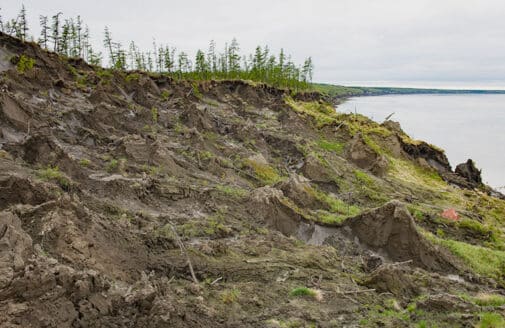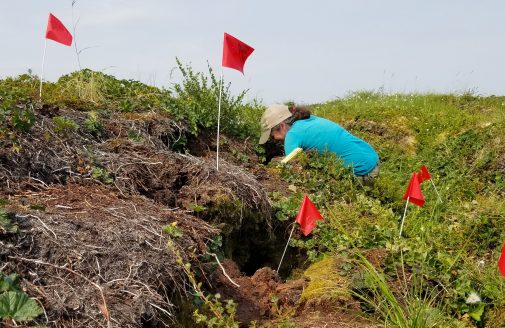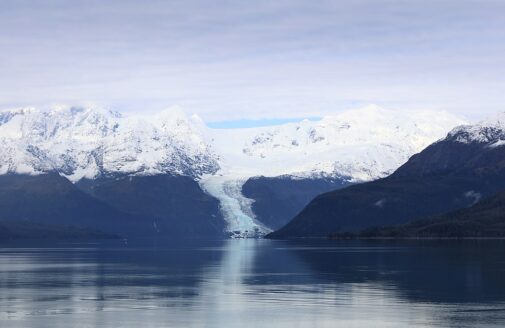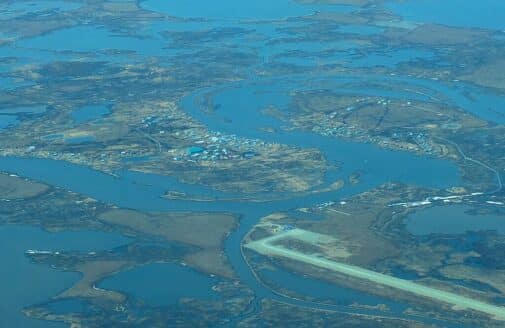As Arctic-Boreal Zone warms, Woodwell Climate makes case for more space-based monitoring
The Arctic-Boreal Zone (ABZ) – ranging from northern forests to the Arctic’s treeless tundra – is warming faster than elsewhere on Earth, threatening northern residents, economies and ecosystems. Woodwell Climate Research Center is a leader in pushing for improved monitoring.
Despite the ABZ’s importance to our understanding of our global climate picture, current satellite formulation is inadequate for systematic monitoring and for improving process-based and large-scale understanding of its integrated components. Researchers say an enhanced knowledge of the ABZ, which includes the cryosphere, biosphere, hydrosphere, and atmosphere, is necessary to provide more accurate predictions of future changes and to develop better-informed climate adaptation and mitigation strategies.
“Satellites, such as the Landsat program, are essential for being able to monitor the rapidly changing Arctic-Boreal Zone. Several of these programs now have decades of consistent observations, which has allowed us to track critical ABZ properties during the initial decades of climate warming,” said Woodwell Climate scientist Dr. Brendan Rogers.
Dr. Rogers co-authored a study by a team of 41 scientists published in the American Geophysical Union’s Reviews of Geophysics. Among its recommendations:
- Protecting existing remote sensing and developing new technology for observing sea and land ice, oceans, snow, permafrost, vegetation, wetlands, fire, short-lived pollutants, greenhouse gases, clouds, and albedo (reflectivity);
- The development of a comprehensive and robust suborbital (i.e., aircraft) portion of an ABZ observing network, which can act to fill some temporal gaps in satellite coverage, can provide detail unobtainable from space, and is necessary for validation and interpretation of satellite data;
- The continuation, enhancement, and/or creation of long-term, multi-satellite, climate-quality, and self-consistent data records of ABZ components, such as surface temperature, energy fluxes, vegetation properties, and sea ice extent and volume, for improved quantitative determination of ABZ trends;
- That Earth scientists work in parallel with policy and other decision-support organizations and stakeholders to formulate strategies that pursue innovative, informed, and practical uses for Earth science data in science-based decision-making (e.g., the development of tools that support mitigation and adaptation strategies).
“Sustained multi-national government support for the expansion and continuity of Earth observing satellite networks is critical. In addition, we need ongoing support for analysis and interpretation of data collected by satellites,” said Woodwell Climate scientist Dr. Jennifer Watts, a co-author of the study.
To gain new understanding on how quickly permafrost regions are changing and what that means for global warming, Woodwell Climate has launched the Arctic Carbon Monitoring and Prediction System, using on-the-ground observations and satellite remote sensing data. The effort includes partners at the Harvard Kennedy School’s Belfer Center for Science and International Affairs and start-up funding from the Gordon and Betty Moore Foundation.
Latest in Arctic

- In The News
Alaska permafrost put at risk by climate change

- In The News





